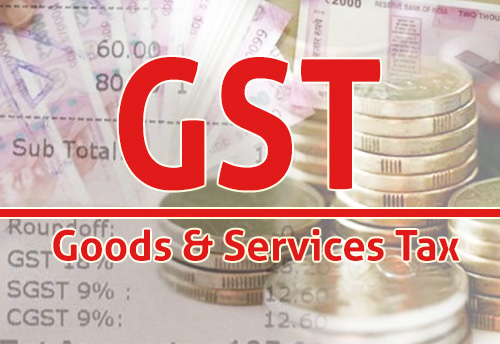New Delhi, July 31 (KNN) One significant area where the full potential of GST has not been achieved is the roll out of the simplified tax compliance regime, said Comptroller & Auditor General (CAG) in its first report on GST after its roll out on July 1, 2017.
“Even after two years of roll out of GST, system validated Input Tax Credit (ITC) through “invoice matching” is not in place and non-intrusive e-tax system still remains elusive," said CAG.
The complexity of return mechanism and the technical glitches resulted in roll back of invoice-matching, rendering the system prone to ITC frauds. Thus, on the whole, the envisaged GST tax compliance system is non-functional, the report pointed.
It said “The deficiencies in the GST system also point to a serious lack of coordination between the Executive and the developers.”
Post implementation of GST, the Centre’s revenue on goods and services (excluding central excise on Petroleum and Tobacco) registered a decline of 10 per cent in 2017-18 as compared to revenue of subsumed taxes in 2016-17, the report noted.
Unrealistic erroneous claim of ITC of IGST by one taxpayer, representing 79 per cent of total ITC claim by all taxpayers for a month, was allowed by the system, exposing the vulnerability of the system to fraudulent ITC claims, according to CAG report.
The failure to map business rules correctly and the absence of key validations in the rolled out system points to inadequacies in the functioning of GSTN.
The issues brought out in IT audit also pointed towards the need for GSTN to re-examine prioritization of development of various functionalities, strengthen their root cause analysis and testing process to ensure that critical deficiencies in application are detected and rectified before rollout to public. The role of the executive in UAT / SRS sign off also needs to be re-examined, said the report.
The problem of accumulation of IGST balance due to unavailable IGST settlement reports should be resolved on priority to minimize the need for resorting to ad hoc apportionment of unsettled IGST, to be adjusted against future apportionments due to the States, it added.
The report highlighted that IGST settlement algorithm was being run using incomplete sets of data either due to non-implementation of related modules or due to non-availability of data in case of returns kept in abeyance. To the extent the settlement reports were generated, audit found various inaccuracies in the
As these have a bearing on the settlement of funds to the Centre and various States, the Ministry of Finance should undertake a comprehensive review of IGST settlements done so far, duly considering the inaccuracies brought out by Audit, it suggested.
In view of the weaknesses noticed during audit in the output generated based on this algorithm, audit requires to access full data for the purpose of deriving assurance on IGST settlement / apportionment for certifying the accounts of the Government, CAG pointed.
Published On : 31-07-2019
Source : KNN India

